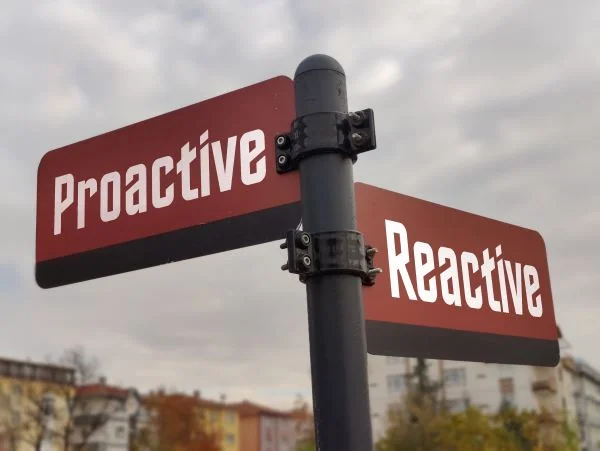Every week we see in the news another example of companies in crisis – customer service crises, critical IT system issues, management crisis and business continuity issues caused by natural disasters. Customers and shareholders may quickly forget the details of what caused the crisis but how you handle the situation will be etched into their memory and shape their perception of you long into the future. For many companies, how a crisis is handled could mean the difference between a healthy recovery and going out of business.
You may not be able to predict when a crisis will occur, or even what it will be – but that doesn’t prevent you from planning ahead and ensuring your leaders and organization know what to do when crisis hits. At its core, a crisis is just a big problem and all the basic problem-solving skills your employees have learned can be applied. There are a few things, however, that make a crisis unique and require you to up your problem-solving game to the next level.
Impact to the organization
In a non-crisis situation, the primary focus of your organization is resolving the issue and getting business back to normal. A crisis situation is different in that it brings with it an added level of complexity related to managing both the issue and long-term impacts to the organization. These impact may be operational, financial or reputational and in most cases a crisis will involve more than one. Quickly assessing the impact of the crisis (and re-assessing frequently) will likely influence (if not dictate) the choices you make, how you communicate and the urgency you place on resolving the issue.
Reputational impact in many cases will out-weigh operational cost considerations when dealing with a crisis situation. News outlets and social media are starving for controversy and companies in crisis are a juicy target, so minimizing exposure is critical. Applying problem solving techniques to the crisis enables you to objectively evaluate the holistic environment and weigh the impacts of different options to make informed decisions for mitigating potential impact.
Time is of the essence
The longer an organization is in a state of crisis, the less likely they are to successfully return to normal business operations. During a crisis, the risk of making a critical mistake increases significantly – as do operational costs. While a crisis environment may be sustainable for a short period of time, fatigue, loss of focus and resource constraints can quickly diminish organizational effectiveness.
By planning ahead and ensuring that key crisis management resources understand the problem management process, are comfortable with the role they need to play and are clear on decision structures – ambiguity and confusion can be reduced once the crisis has begun. Simulation and team based problem-solving exercises can build familiarity with individual personalities, skills and working styles – reducing the potential for stress based conflict and improving problem-solving efficiency.
Effectiveness of solution
Crisis situations often lead companies to set-aside structured governance processes and bypass control mechanisms with an “in case of emergency – break the glass” mentality. While there are clearly times when exceptions to normal operating procedures are justified, it is important not to replace objective reasoning with purely emotional responses. Doing so will often lead to the selection and implementation of “solutions” that don’t actually solve the problem and have a potential to mask symptoms and other information important to the problem-solving effort.
Solutions to crisis situations need to take into account both long and short-term efficacy and impact considerations. Structured problem-solving techniques include methods for objective evaluation of alternatives to guide decision making.
Perception on how you handled the situation
Normal business problems rarely make the news (thankfully) but a leader guiding his/her company through crisis will be subject to play-by-play commentary and instant replays that would rival a professional sporting event. Every action and decision will be questioned and every nuanced statement critiqued for hidden meaning. Regardless of the outcome, it is the perception of how the crisis is handled that becomes the leader and company’s legacy.
An important (and often overlooked) aspect of structured problem-solving is communication. What the company communicates and when plays a large role in shaping customer and stakeholder perceptions on how critical the situation is, whether leaders have it under control, and can inspire confidence in their continued business relationships with the company. Crisis situations require far more sophisticated and deliberate communication plans than normal operations.
It is highly likely that your company will (at some point in its existence) find itself in a crisis situation. Planning ahead along with the application of structured problem-solving techniques could make the difference between success and failure. The problem-solving experts at Kepner-Tregoe understand this and have been helping companies just like yours navigate crisis situations for over 60 years. Don’t wait for the crisis to occur to ask for help.
KT can help your leaders and organizations develop the skills they need for crisis preparedness.



